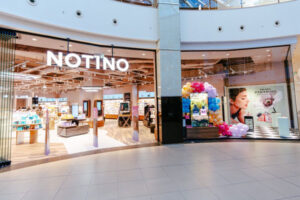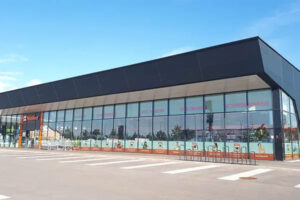By Silvia Gandellini
The situation related to the Covid-19 impact is changing quickly, day by day, with an unavoidable impact on retail and real estate markets: consequences depends on how long it will last, but some forecasts may be assumed. Retail investments in the first quarter of 2020 broke a record with a volume of €800 million, and half of this value is related to one single deal: the sale of 32.5% of La Villata SpA, Esselunga’s Real Estate company, to Unicredit. Among other deals, the most important is the sale of a mixed-use building (retail and office) by Hines, advised by CBRE, in the heart of Milan for a value in excess of €200 million.
Second and third quarters will see a decrease in terms of investments, due both to travel restrictions and a “wait and see” approach of international investors. Some of them, with an opportunistic approach, are willing to buy retail assets at lower prices, other core investors are focused only on prime locations. Based on our knowledge, CBRE foresees a slight yield increase in all sub-retail asset classes, except for supermarkets, which remains stable thanks to the demonstrated resilience. This increase is not only related to the risk of revenue losses in the short term, but to the risk of an economic slowdown with contraction in consumption, and a consequent lower affordability of rental levels in a long term.
Looking at retail asset classes, what are the risks and opportunities? Prime centers need more time to recover turnovers due to entrance restrictions and consequently will probably report temporary rent discounts. Recovery will be faster in secondary centers, but some retailers might be forced to close their shops due to their expansion strategies. In case of a contraction in consumption, retail parks can play a key role in attracting clients thanks to their retail aggressive pricing policy. Outlets will probably have a longer recovery: domestic and foreign tourism usually contributes a lot to the total turnover. Anyway, their performances will improve in the mid and long term thanks to the shopping experience provided and, as shown during the previous economic crisis, outlets are counter-cyclical in consumer crises. The high street sector will show a gap between luxury and mass market brands: shops in prime locations will have a slower recovery being linked to Asian tourism, however, they will maintain their leadership role in the long term. Mass market brands might need rent adjustments to balance revenue losses, but they will learn a big lesson from this emergency about how to manage the omnichannel model.






